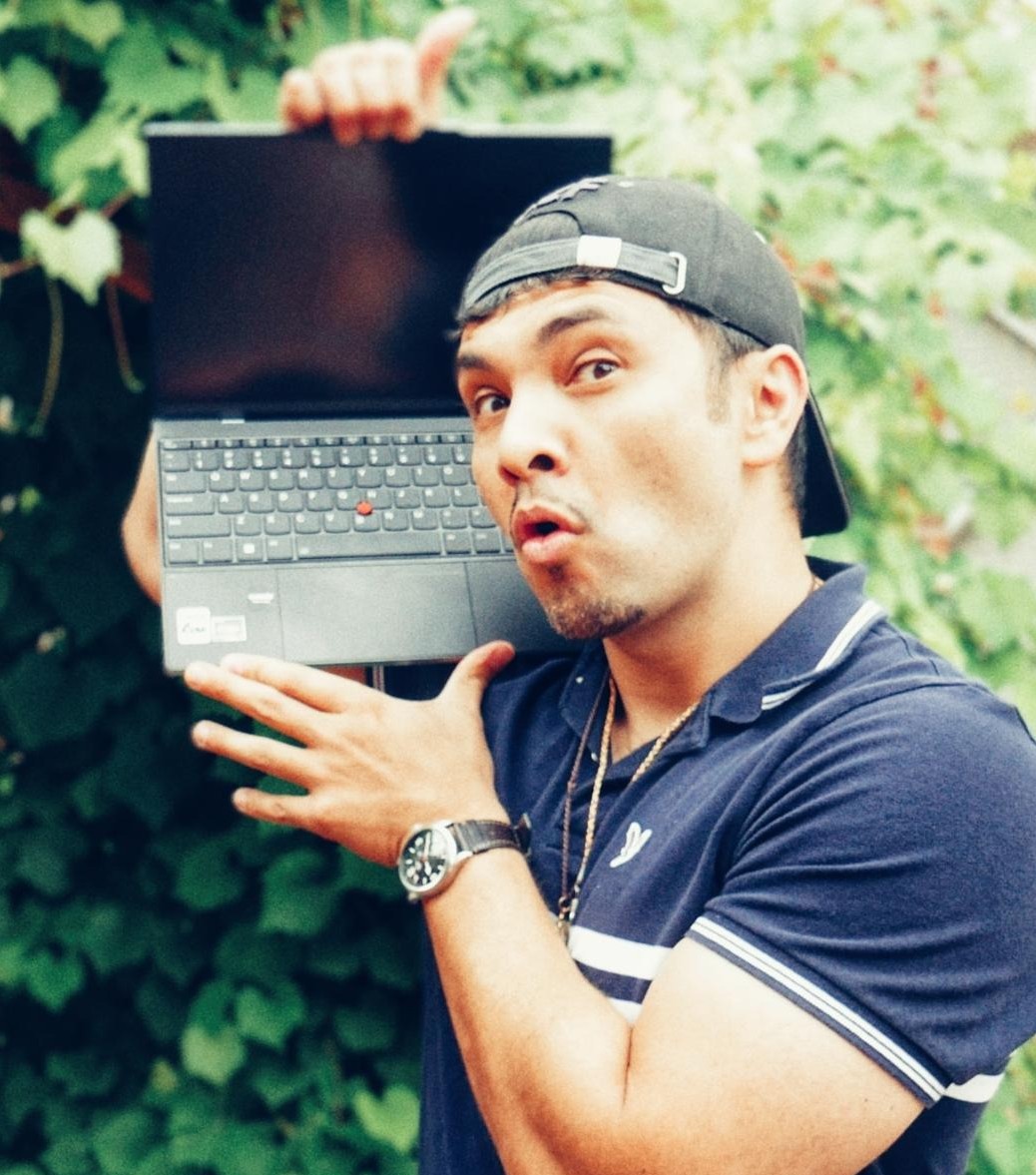Having the non-free drivers available as needed does make things a little more convenient for home computing.
Not having them pretty much makes Debian a non-starter for many home users. It’s a thing that one really only runs into when they get serious about using Linux.
Nice video.
I don’t get how the installer was a show stopper, or how it looks dated. It’s clean and simple and uses Clearlooks.
It’s not as customizable as YaST, but gives you a bit more flexibility than the Pop!_OS installer. A nice middle ground.
Also, there’s been the unofficial nonfree-firmware installer since years now.
The beauty is, once you install it, you can go years before you need to install clean again.
Flatpak will close the gap for current user-facing applications. It’s a nice option to have.
I recently started using Linux again after a 15+ year hiatus. The Debian installer looks exactly the same as it did when I stopped using it. I’m not hating, just stating why it might look outdated for some people.
It’s kinda why I like it. No surprises, it asks you the same dozen questions in the same order and installs your new system.
Yeah, there is nothing wrong with it. It functions and it’s very straight forward. But I can see why someone would say it looks outdated.
Totally, it reminds me of the W95 installer if you go for the gui or good old MsDOS if you stay on the CLI.
I love that it doesn’t change. I don’t like that when I boot from a ventoy disk it doesn’t install a boot loader. Took me like 5 installs to figure out what was going on.
Debian’s “if it ain’t broke, don’t fix it” philosophy is why I use Debian for all my servers. I would rather have something look old and be functional every time.
The beauty is, once you install it, you can go years before you need to install clean again.
I last re-built my home server in 2019 with Buster and it still has LTS for another year. That’s more than enough time to prepare for a rebuild and adjust any of my own custom crap for the latest release.
As an alternate to Flatpack, I have been using LXC to run the latest and greatest while still keeping a stable and predictable host. It’s awesome because you can operate an LXC container exactly as if it were a VM or physical machine compared to the more rigid platform of Docker.
Good breakdown. I might end up using it on my next desktop
Fedora is also worth a look, Debian was my first distro so I always appreciate keeping up with it. But Fedora is SUPER stable and also a top option for privacy and security, so I switched over.
Here is the link to the video on Peertube : https://tilvids.com/w/m4NML5mjvF8fwKHkTU9FN7
good article
Debian sid(testing) is better for regular desktop usage because of security patches and bug fixes but debian stable is good for servers
Debian sid works for both servers & workstations??
I have been using Debian 11 as a my daily driver for the past couple years, sure it may be old and outdated and doesn’t get as great of performance on games due to the old kernel, but I would rather have stability than the newest software. Everything I need works great. I will soon upgrade to Debian 12!
Its my main workstation and it’s pure debian: everything you need, and it just works.
Using an amdgpu and it was probably the easiest install I’ve ever done. No snap bullshit either, kde came up first go.
Debian is taking the unique approach of “not shooting themselves in the dick by trying to push features everybody hates”.










